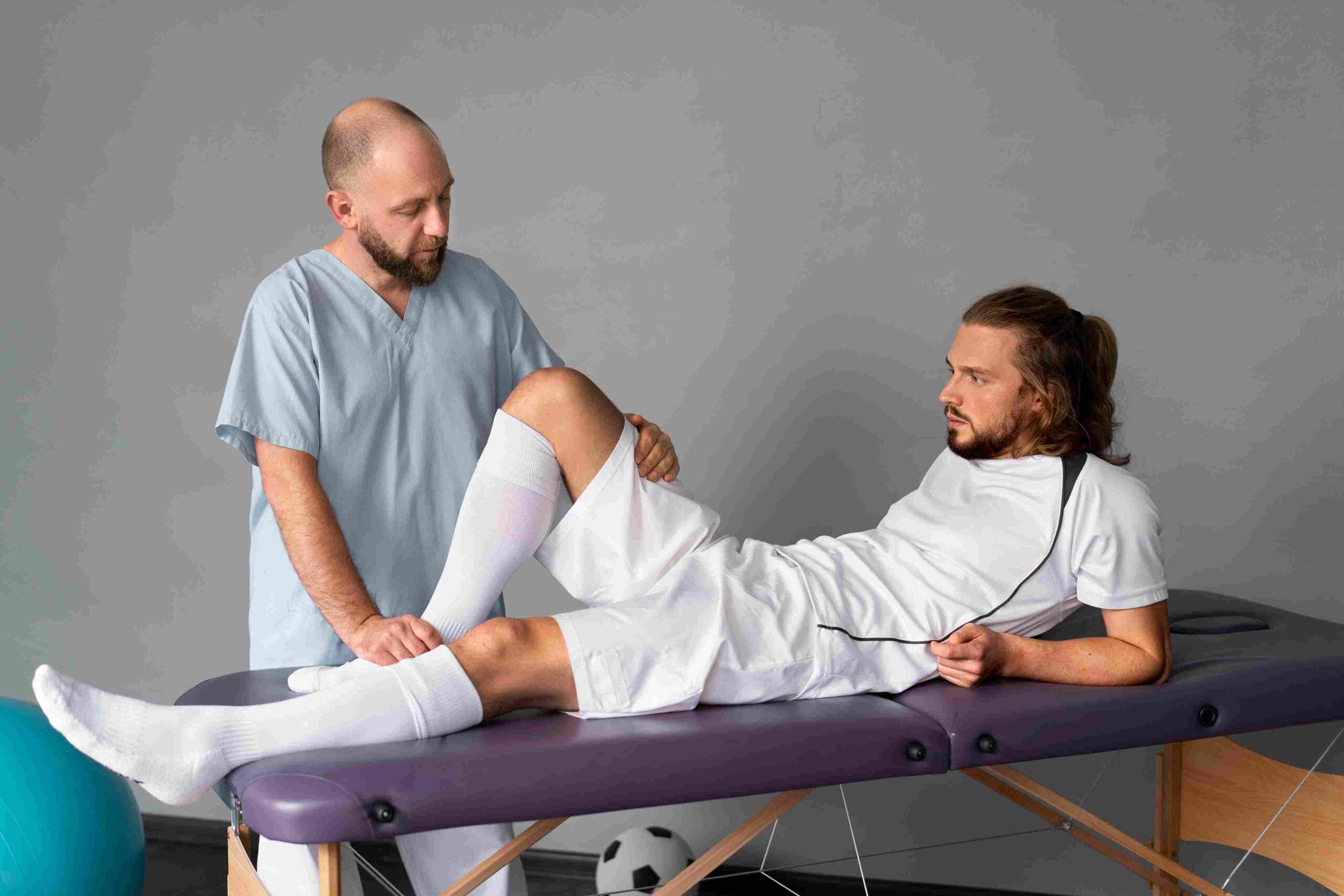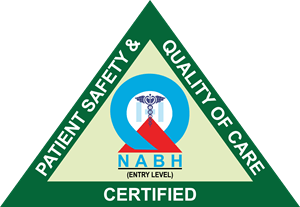Joint Replacement Surgery is a transformative and often life-changing procedure for individuals suffering from chronic joint pain and mobility issues. Whether it’s a knee, hip, or shoulder replacement, the success of the surgery goes hand in hand with the postoperative rehabilitation process. Physiotherapy plays a pivotal role in ensuring a smooth and effective recovery after joint replacement surgery.
Jinkushal Cardiac Care & Superspeciality hospital
Joint Replacement Physiotherapy
- January 25, 2024
- Posted by: Jinkushal Cardiac Care Hospital
- Category: Uncategorized

The Crucial Role of Physiotherapy in Joint Replacement Recovery
Know The Remarkable Benefits of Physiotherapy-
- Alleviates Pain
- Boosts Blood Circulation
- Reduces Inflammation
- Strengthens Muscles
- Enhances Balance & Gait
- Improves & Restores Mobility/Movement
- Builds Joint Strength
- Increases Range Of Motion
- Minimizes Scar Tissue
In this blog, we’ll explore why physiotherapy is crucial for people getting joint replacement surgery and how it helps bring back function and make life better.
Alleviating pain
Postoperative pain is a common concern for joint replacement patients. Physiotherapists employ various pain management techniques, including therapeutic exercises, manual therapy, and modalities like ice and heat, to alleviate discomfort. A well-designed physiotherapy program helps in reducing reliance on pain medications, promoting a more comfortable and natural recovery process.
Boosting Blood Circulation
Physiotherapy post-joint replacement surgery boosts circulation, promoting efficient blood flow. This aids in oxygen and nutrient delivery to healing tissues, accelerating recovery and reducing the risk of complications.
Reducing Inflammation
Physiotherapy is a powerful ally in reducing inflammation, a key benefit post joint replacement surgery. Targeted exercises and techniques employed by physiotherapists contribute to calming inflammation, promoting a smoother recovery, and restoring comfort and function to the affected joint

Strengthening Muscles and Soft Tissues
Muscles surrounding the replaced joint may weaken due to disuse and surgery-related trauma. Physiotherapy focuses on strengthening these muscles to provide adequate support to the new joint. Targeted exercises help build muscle strength, improve endurance, and enhance overall joint stability, contributing to better long-term joint function.

Enhancing Balance & Gait
Joint replacements can significantly impact an individual’s gait and balance. Physiotherapy focuses on retraining these aspects by incorporating specific exercises that mimic daily activities. This helps patients regain confidence in their ability to walk, climb stairs, and perform other routine tasks, reducing the risk of falls and promoting independence.
Optimizing Range of Motion
After joint replacement surgery, patients often experience stiffness and limited range of motion in the replaced joint. Physiotherapy aims to gradually restore and improve joint flexibility. Therapists employ a variety of exercises, stretches, and manual techniques to prevent the formation of scar tissue, enhance joint mobility, and help patients regain a natural range of motion.
Optimizing Range of Motion
After joint replacement surgery, patients often experience stiffness and limited range of motion in the replaced joint. Physiotherapy aims to gradually restore and improve joint flexibility. Therapists employ a variety of exercises, stretches, and manual techniques to prevent the formation of scar tissue, enhance joint mobility, and help patients regain a natural range of motion.
Minimizing Scar Issue
Physiotherapy is instrumental in minimizing scar tissue following joint replacement surgery. Through targeted exercises and techniques, it promotes tissue flexibility and circulation, preventing excessive scar formation. This ensures a smoother recovery, enhancing the overall success of the surgical procedure.
Preventing Complication
Immobility after joint replacement surgery can lead to complications such as blood clots, muscle atrophy, and joint stiffness. Physiotherapy addresses these issues by promoting early mobilization. Therapists guide patients through controlled movements and exercises, reducing the risk of complications and enhancing overall recovery outcomes.

Patient Education & Home Exercise Programs
Physiotherapists play a crucial role in educating patients about the importance of postoperative exercises and self-care. They provide guidance on proper body mechanics, joint protection techniques, and home exercise programs. Empowering patients with the knowledge and tools to continue rehabilitation at home is vital for long-term success.
Customized Rehabiliation Plans
Each patient’s journey through joint replacement is unique, and physiotherapy programs are tailored to individual needs. Physiotherapists assess the patient’s condition, considering factors such as age, overall health, and the specific joint replaced, to create personalized rehabilitation plans that maximize recovery potential.
Physiotherapy is crucial in the comprehensive care for individuals undergoing joint replacement surgery. It tackles pain management, restores mobility, and enhances overall function, ensuring a successful recovery. Active participation in physiotherapy promotes independence and improves the quality of life post joint replacement.
At Jinkushal Cardiac Care & Superspeciality Hospital, our skilled and experienced physiotherapists play a vital role in facilitating better and faster recovery for joint replacement patients. The hospital emphasizes the synergy between surgery and physiotherapy to optimize outcomes in this field of healthcare.

